
Since the very first issue of TIME, the Milestones section has marked important moments of the week and celebrated the lives of those who died recently. Staffers, critics and those who knew the late, great figures share what made those people special. Here are a few of 2014’s most notable Milestones obituaries for the people who made our culture what it is today.
Lev Grossman on Maya Angelou: “In her first book, I Know Why the Caged Bird Sings, Angelou, who died May 28 at 86, tells the story of her life up to the age of 17. She describes herself as “a too-big Negro girl, with nappy black hair, broad feet and a space between her teeth that would hold a number-two pencil.” Although the book has been assigned to countless high school students, its unsparing account of black life in the South during the Depression and of her sexual abuse is not easy reading. But Angelou‘s tough, funny, lyrical voice transforms her story from a litany of isolation and suffering into a hymn of glorious human endurance that profoundly influenced generations of memoirists.”
Read the full remembrance here
Richard Corliss on Lauren Bacall: “At 15, she once recalled, she was “tall, ungainly … with big feet, flat-chested.” A few years made all the difference for Brooklyn-born Betty Perske. At 18 she was a Harper’s Bazaar cover girl. At 19 she starred in her first film, To Have and Have Not. And at 20 she wed her 45-year-old leading man. Bogie and Betty, Humphrey Bogart and (her movie name) Lauren Bacall: a love affair for the ages.”
Read the full remembrance here
21 Gorgeous Photos of Lauren Bacall
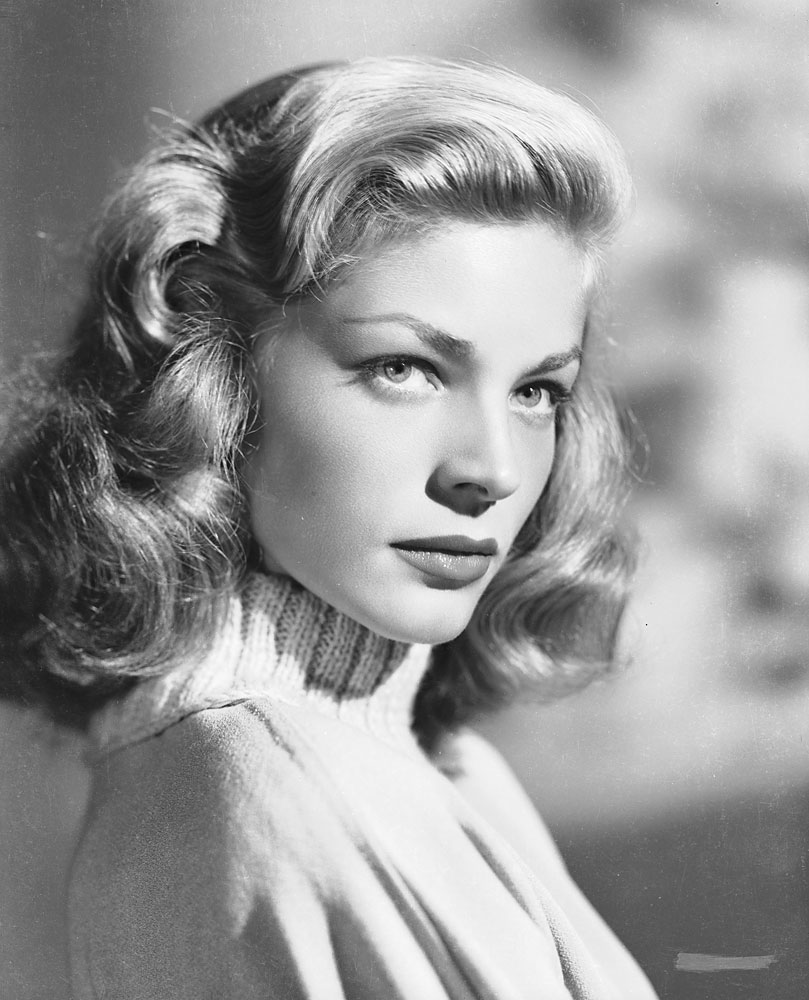
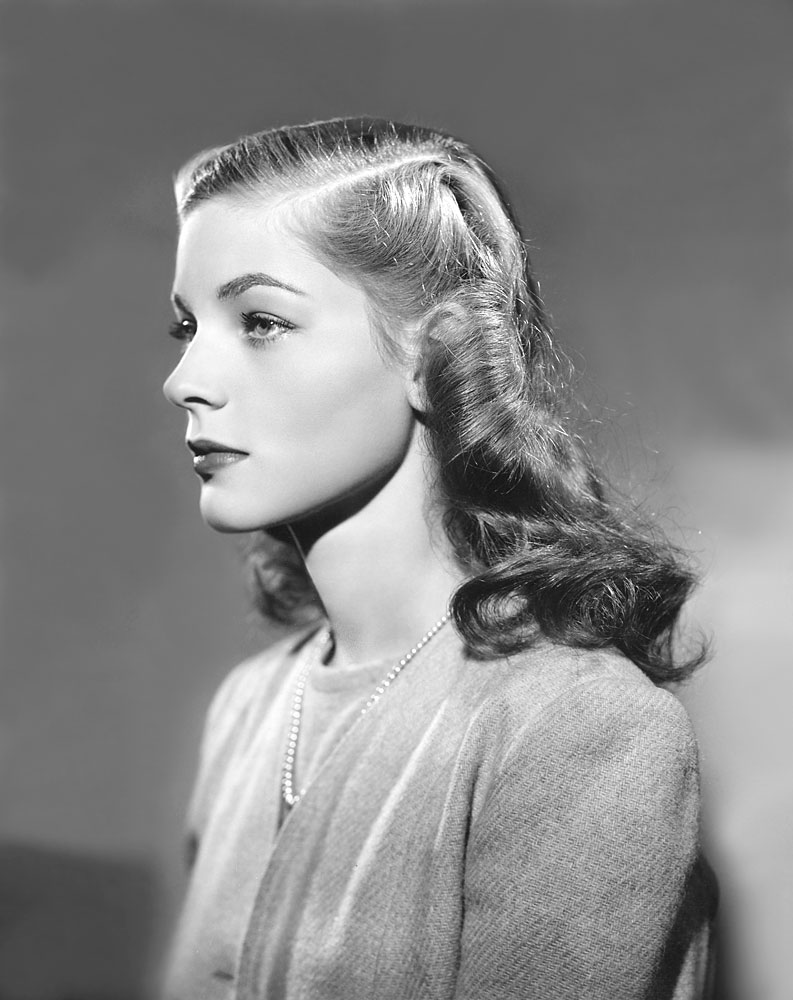




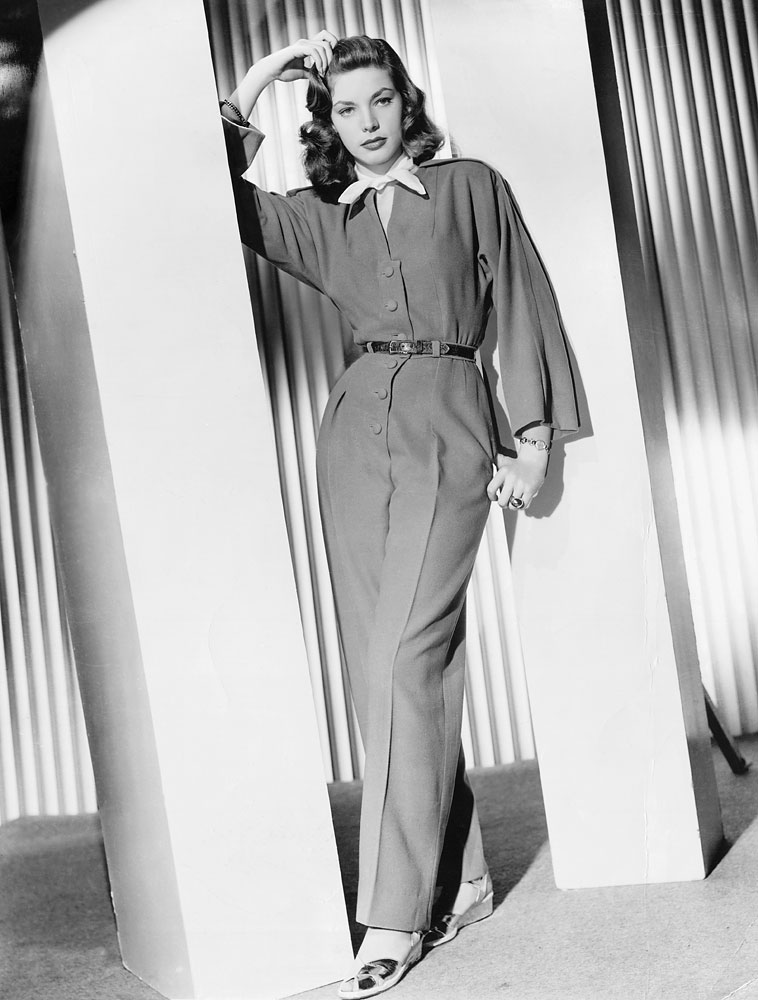
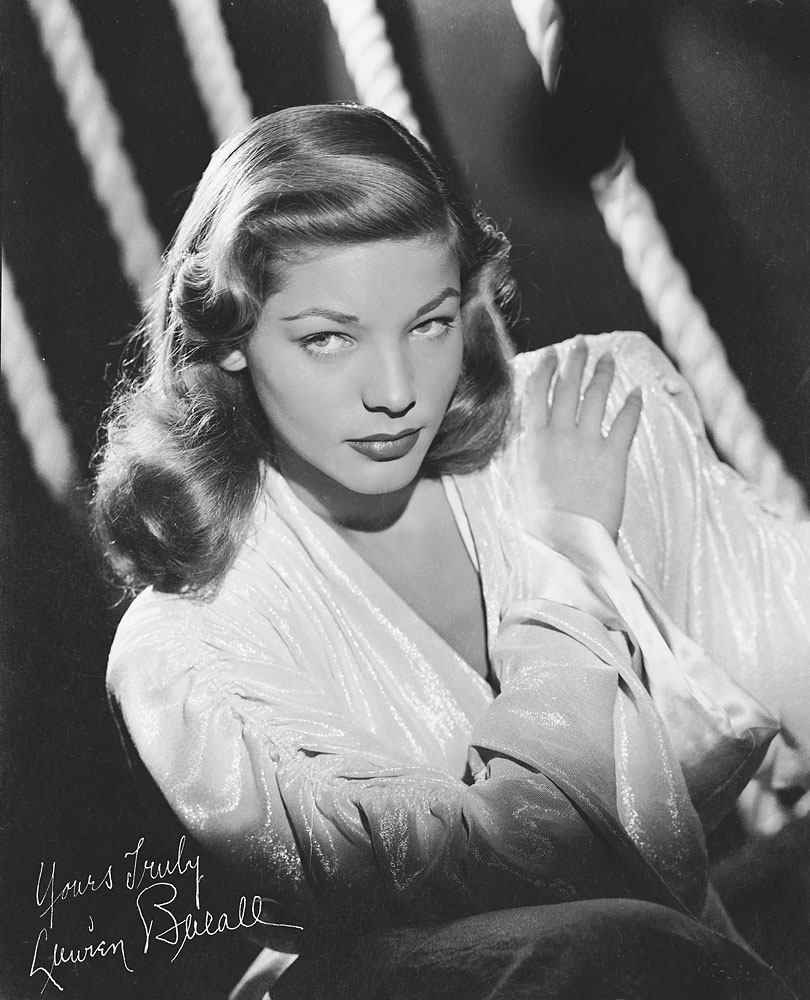


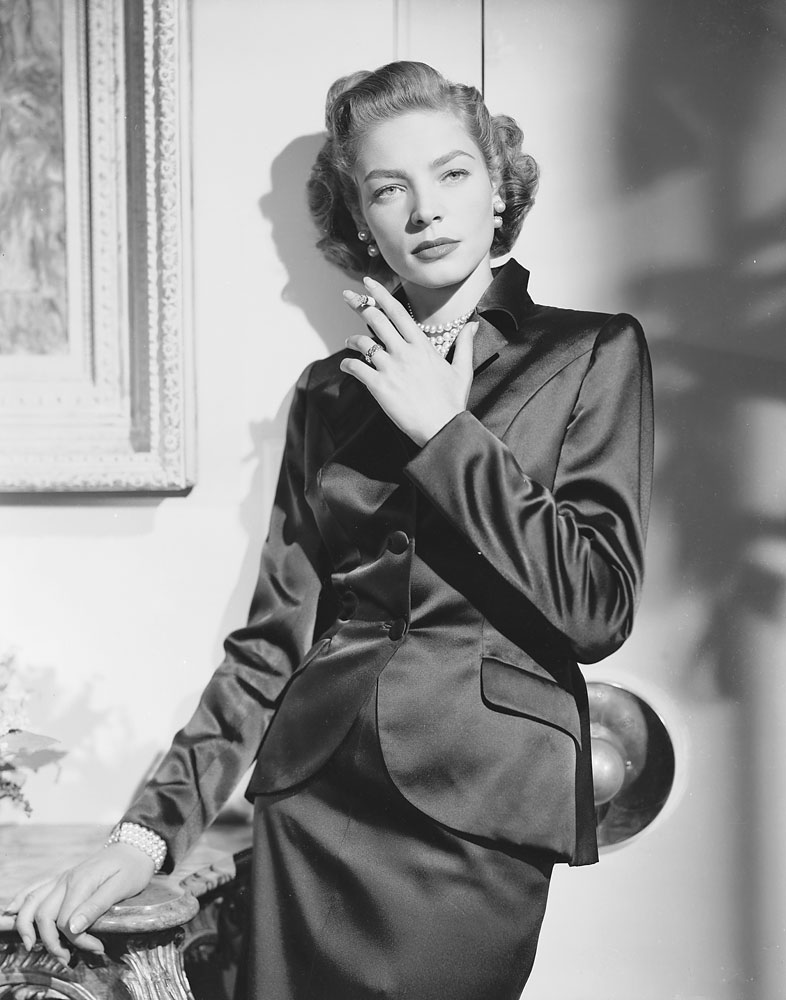

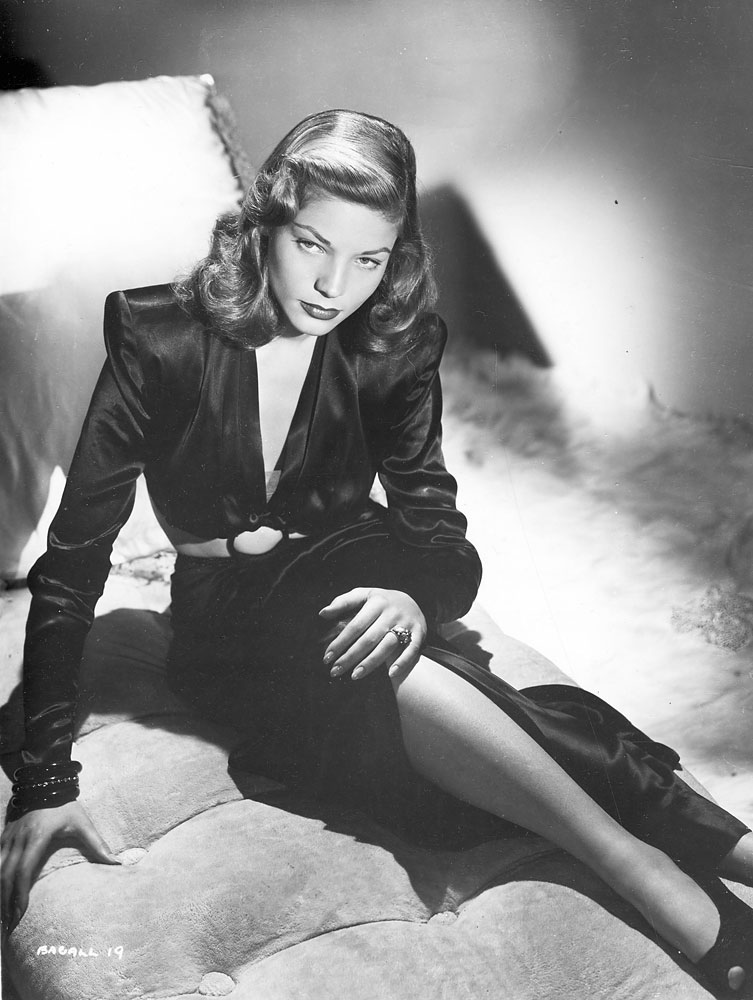
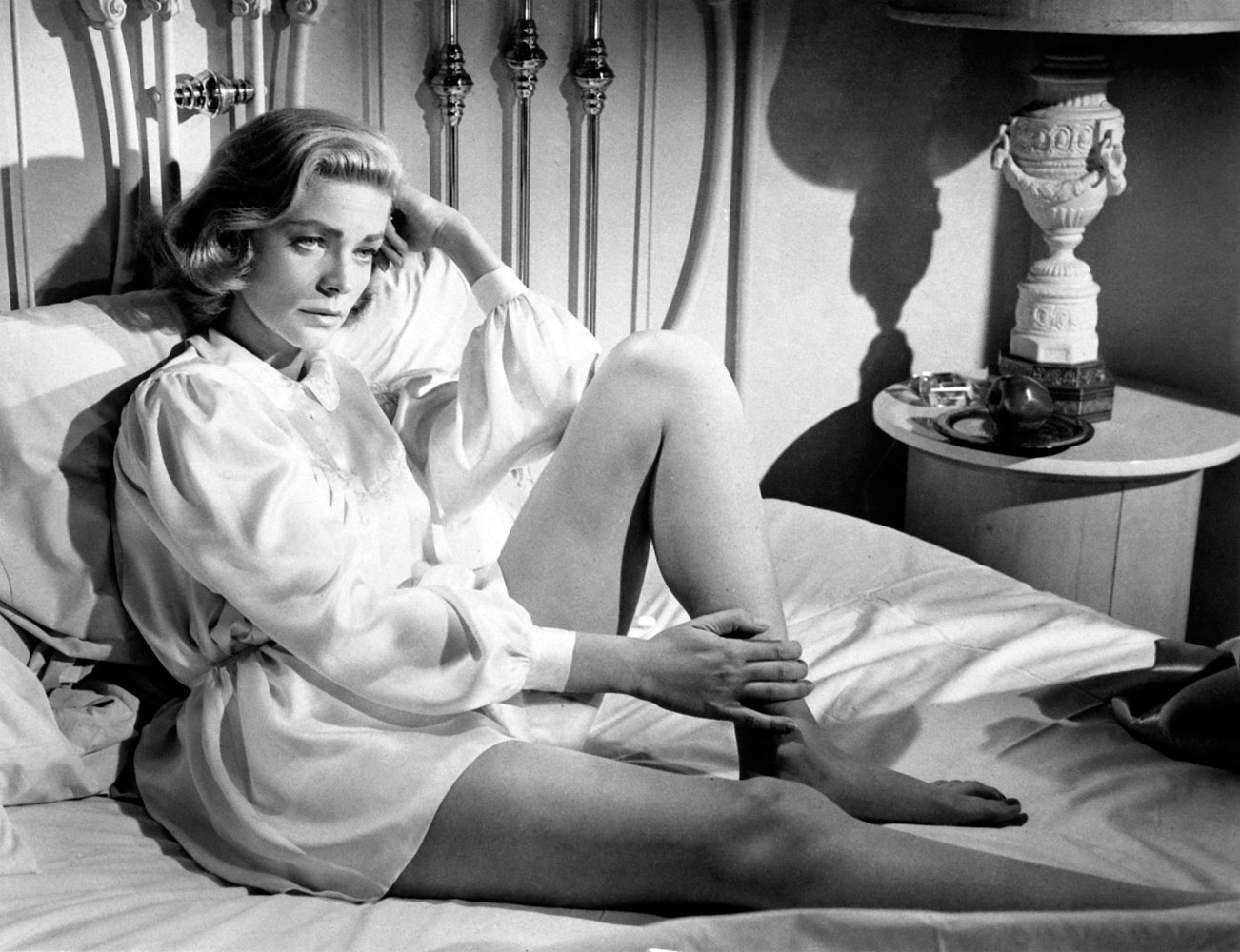

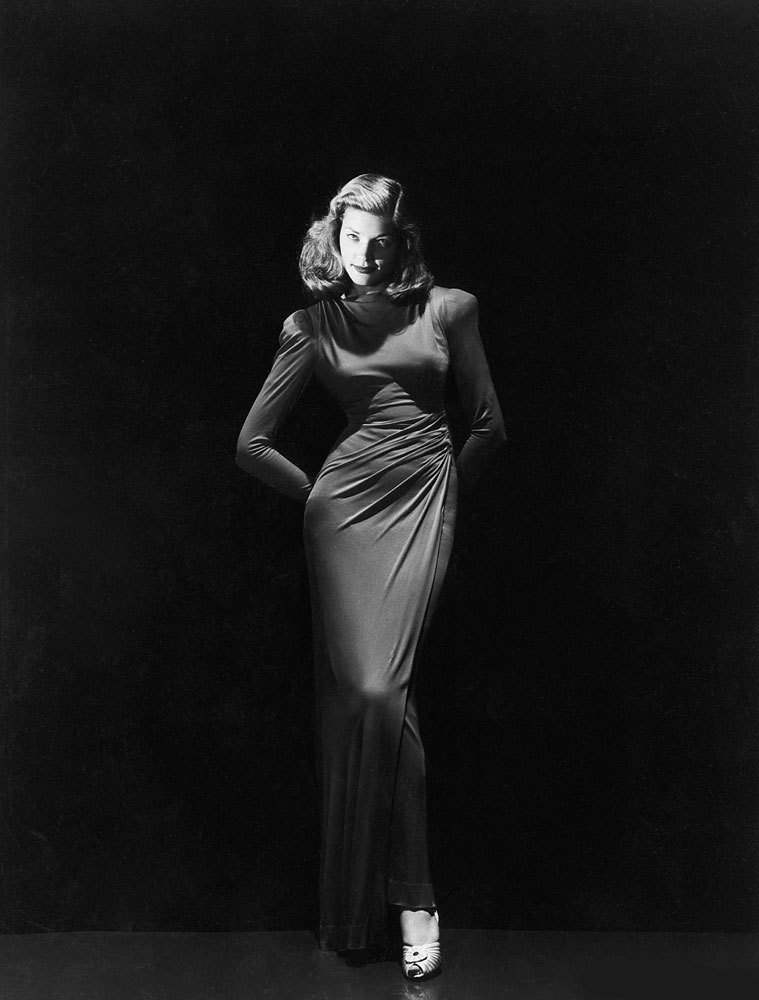

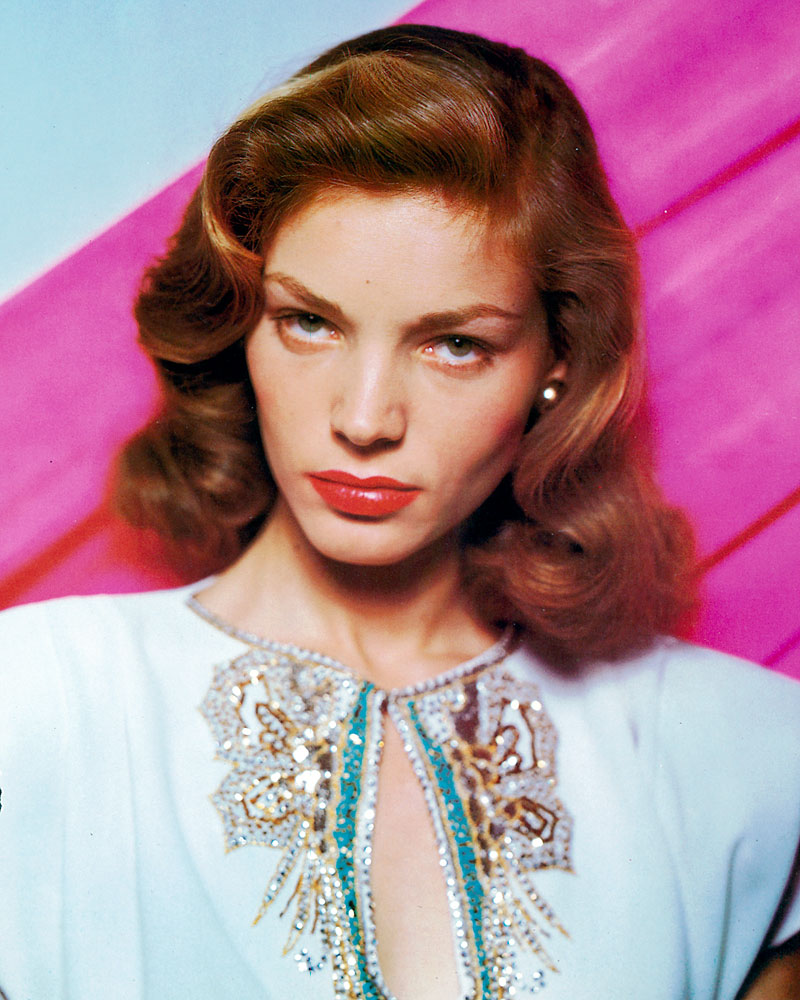


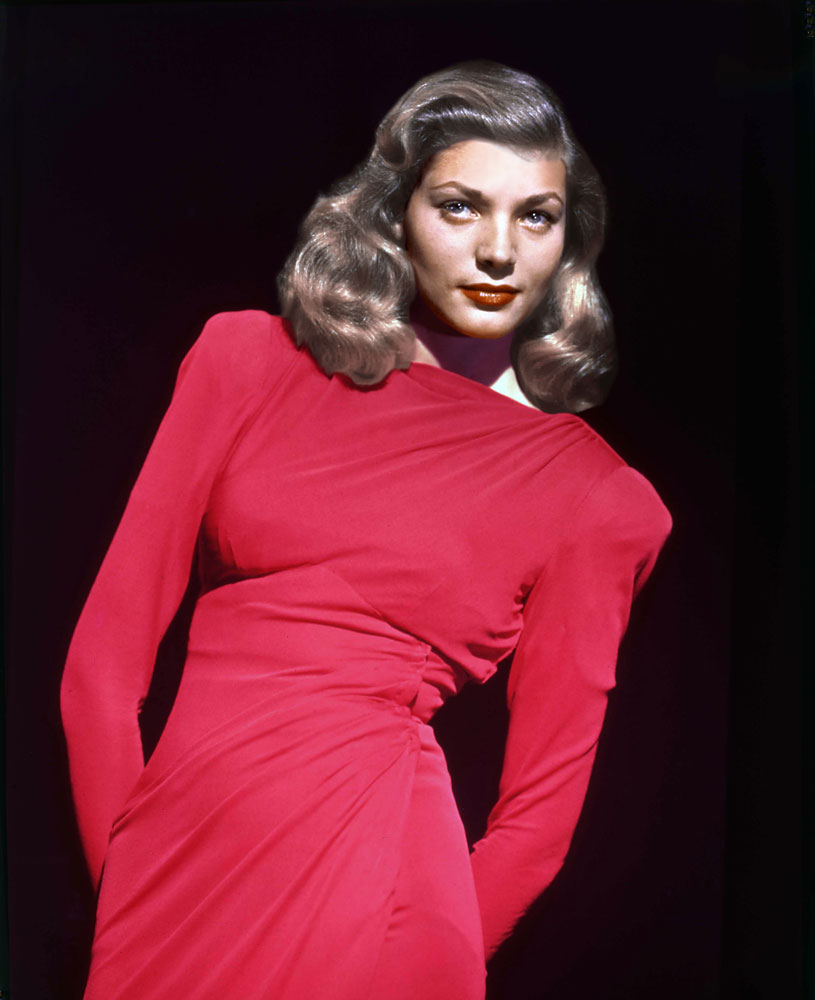
James Poniewozik on Sid Caesar: “If you’ve laughed at something on TV lately, you can thank Sid Caesar. He was present for the birth of TV as a mass medium and as a mass comedy-delivery device.”
Read the full remembrance here
James Poniewozik on James Garner: “There are actors who become stars because they’re imposing, powerful, monumental. And then there was James Garner.”
Read the full remembrance here
Richard Corliss on H.R. Giger: “In its gestation from the angry gelatinous fetus that burst from John Hurt’s stomach to the sleek black killer with multiple rows of teeth, the Alien alien provided film history with one of its most memorable, majestic designs. At every stage it was the spawn of Giger‘s felicitously warped imagination.”
Read the full remembrance here
Lev Grossman on Nadine Gordimer: “Her work was distinguished by her ability to sketch characters from every part of society and across the political spectrum with equal insight and empathy and by her refusal to flinch from the difficult realities of life in South Africa, which did not end with the fall of apartheid in 1994.”
Read the full remembrance here
Kevin Nealon on Jan Hooks: “Jan Hooks was the real deal. She was funny, beautiful and staggeringly talented. Jan was an enormous part of my life, and I am extremely proud to say that she was my good friend.”
Read the full remembrance here
Rick Dees on Casey Kasem: “I turned on the car radio and heard a fascinating voice. He sounded like a cartoon character. He was counting down the hits from No. 40 to No. 1. When he said, ‘This is Casey Kasem,’ I was hooked.”
Read the full remembrance here
Rachel Dratch on Don Pardo: “Every Saturday Night Live performer who had the honor of having his or her name announced by Don Pardo–the Don Pardo!–on the night of their very first show will tell you it remains the pinch-me moment for us all.”
Read the full remembrance here
Ivan Reitman on Harold Ramis: “With the passing of Harold Ramis, the world has lost a truly original comedy voice. He possessed the most agile mind I’ve ever worked with.”
Read the full remembrance here
Richard Corliss on Joan Rivers: “‘Can we talk?’ Joan Rivers always asked audiences, and by this she meant, Can I talk about life’s biases and prejudices–mine? For more than half a century, first as a pioneering stand-up comedian, then as a defiant survivor, she spoke skewed truth to power and, in doing so, became her own potentate and garishly fossilized icon. She could have been a ranting bag lady, if the lady were as funny as she was rude and the bag was from Gucci.”
Read the full remembrance here
Joan Rivers: A Life of Laughter in Pictures
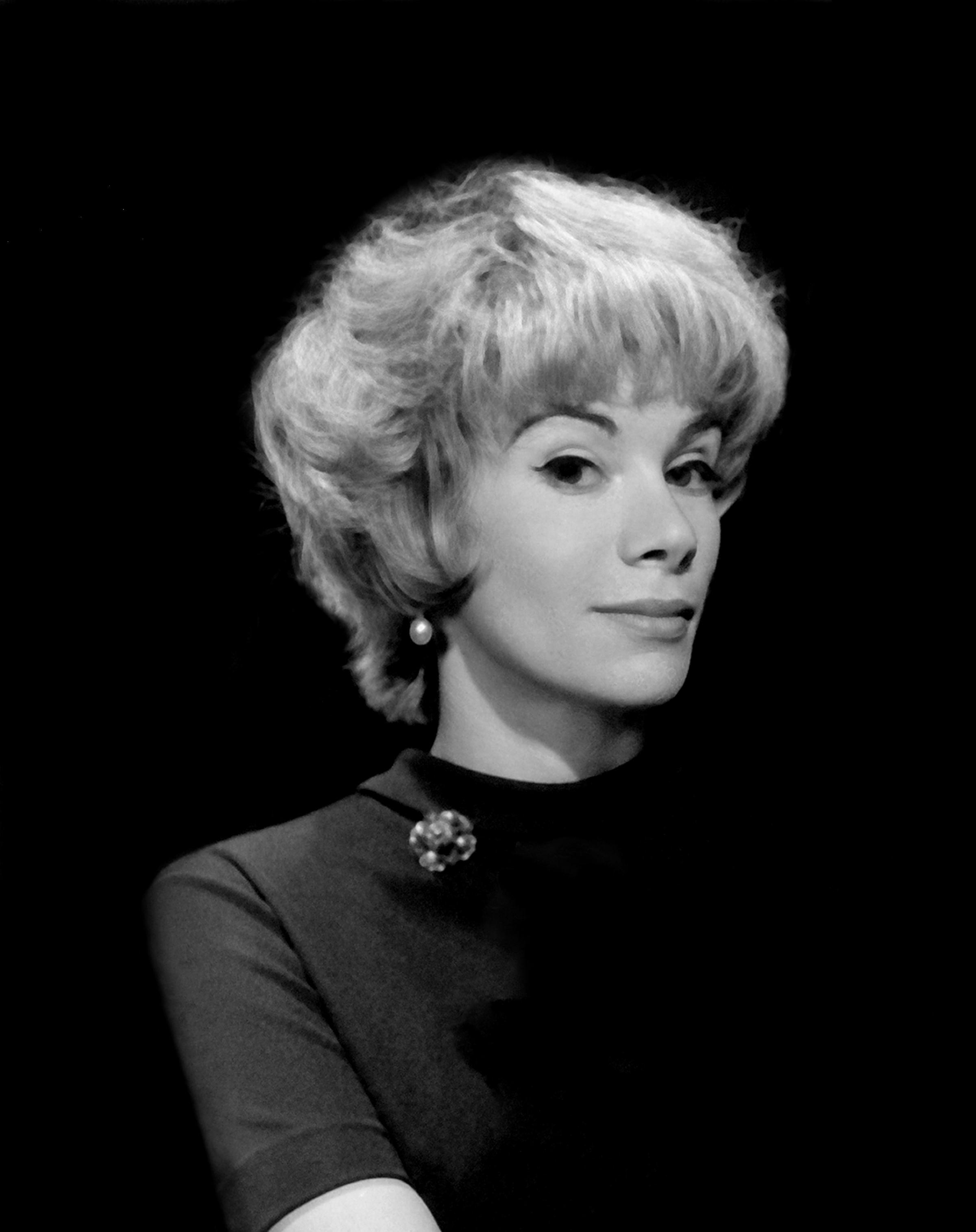



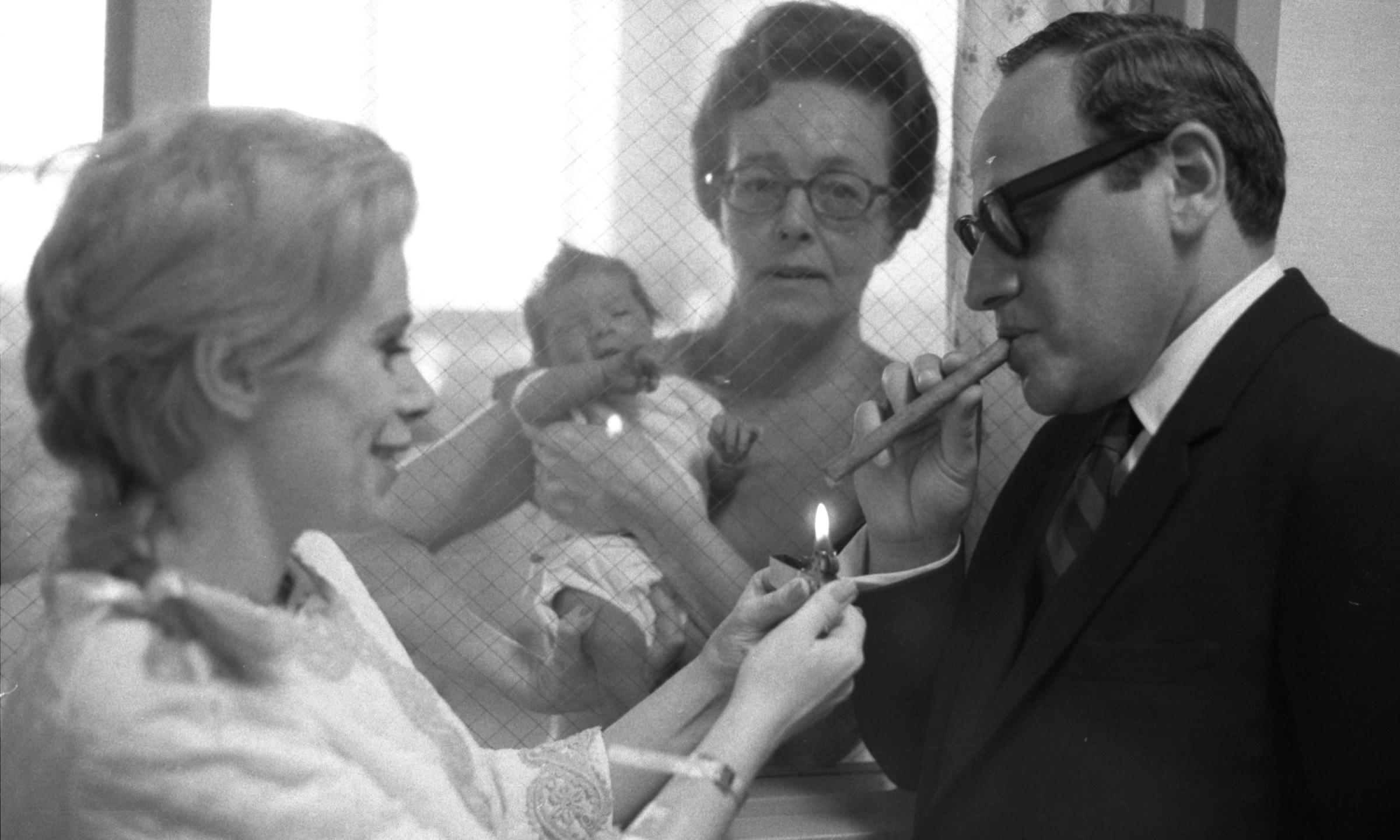
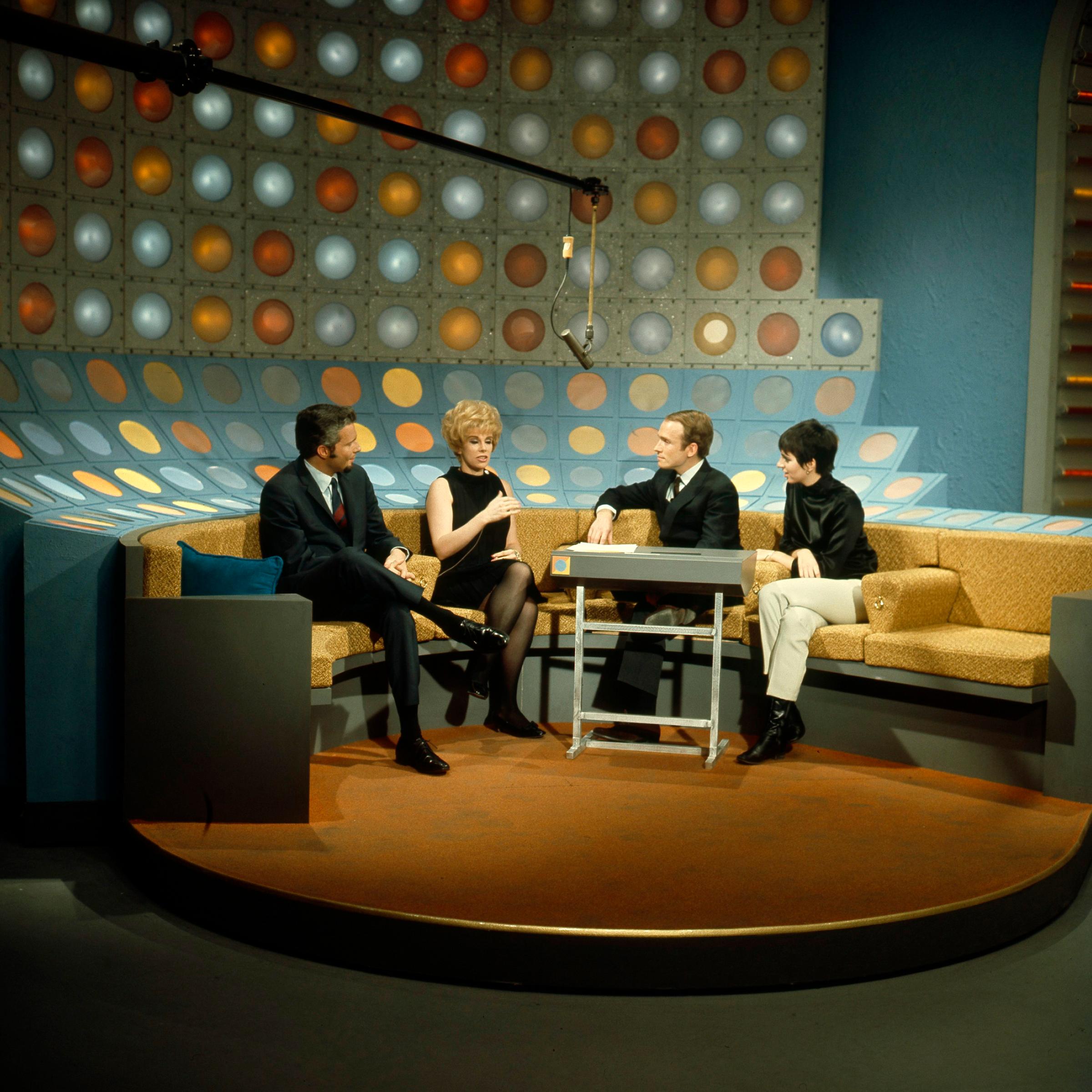


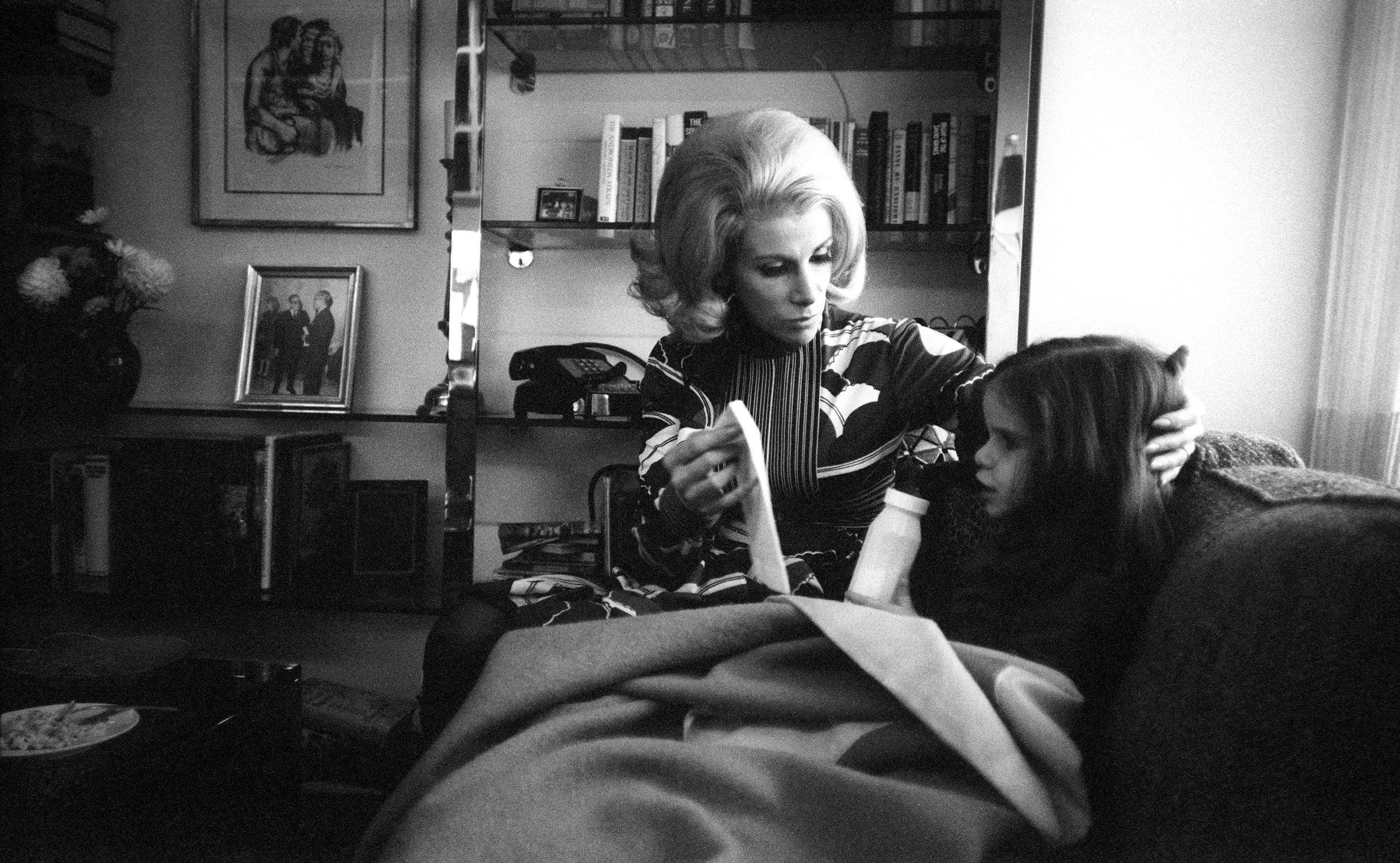

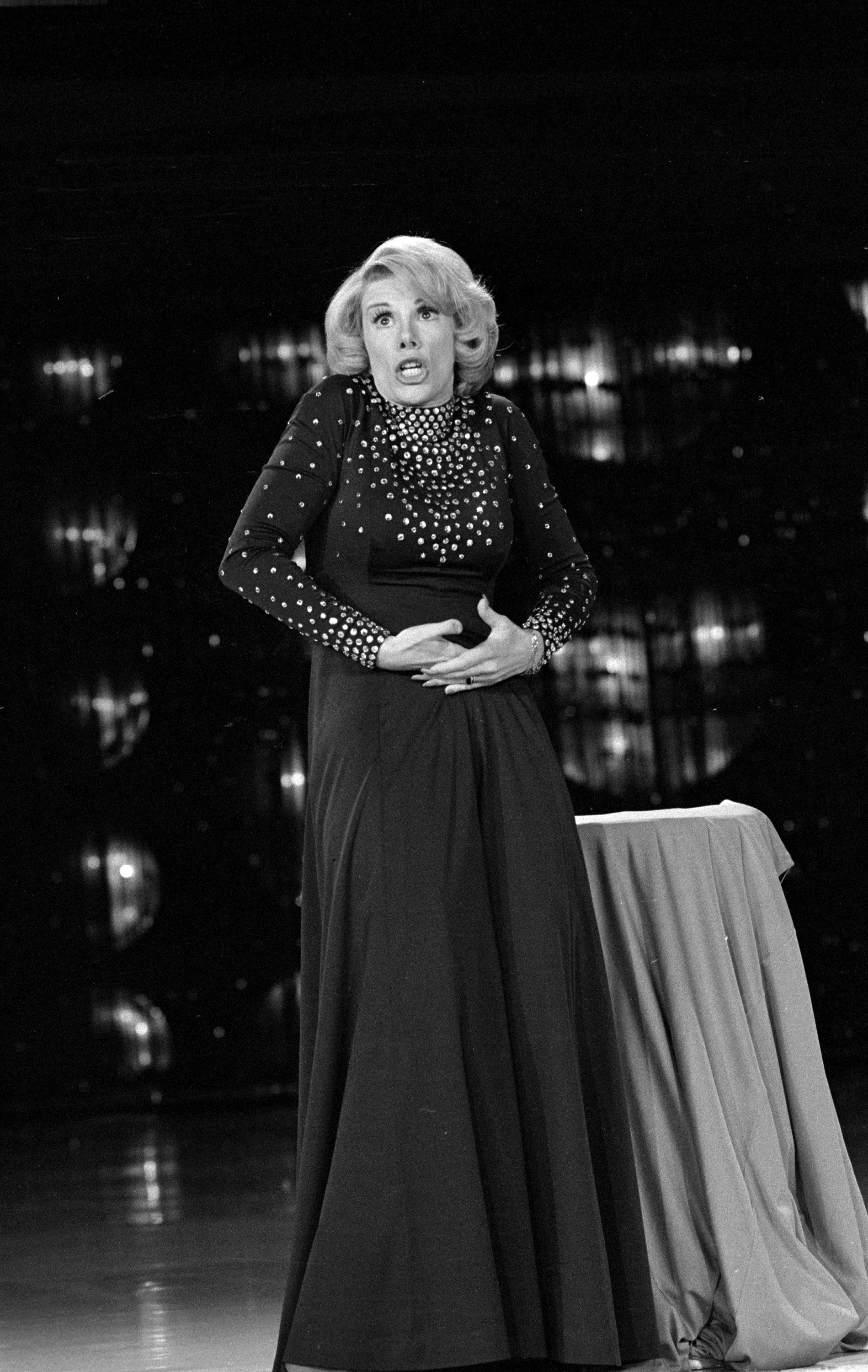
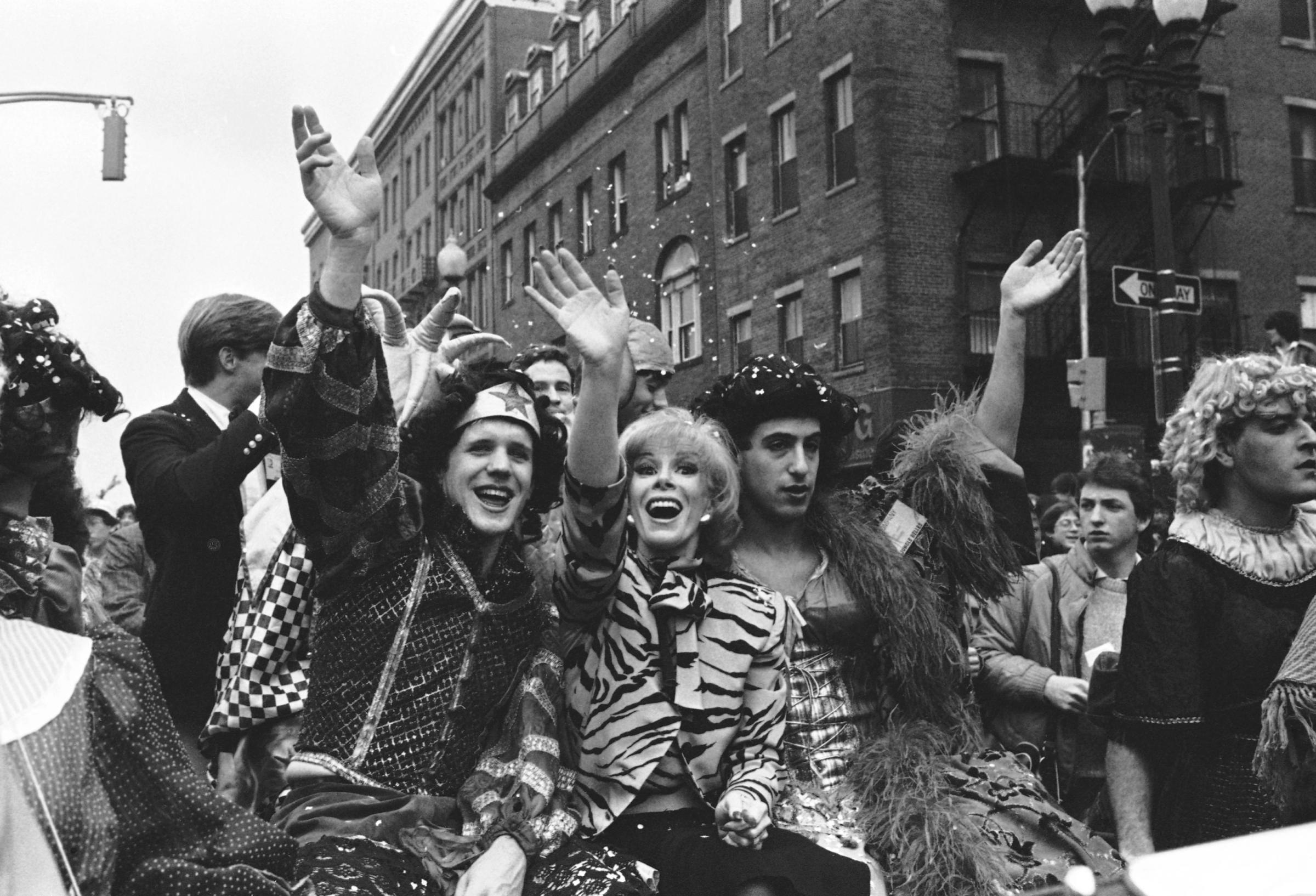

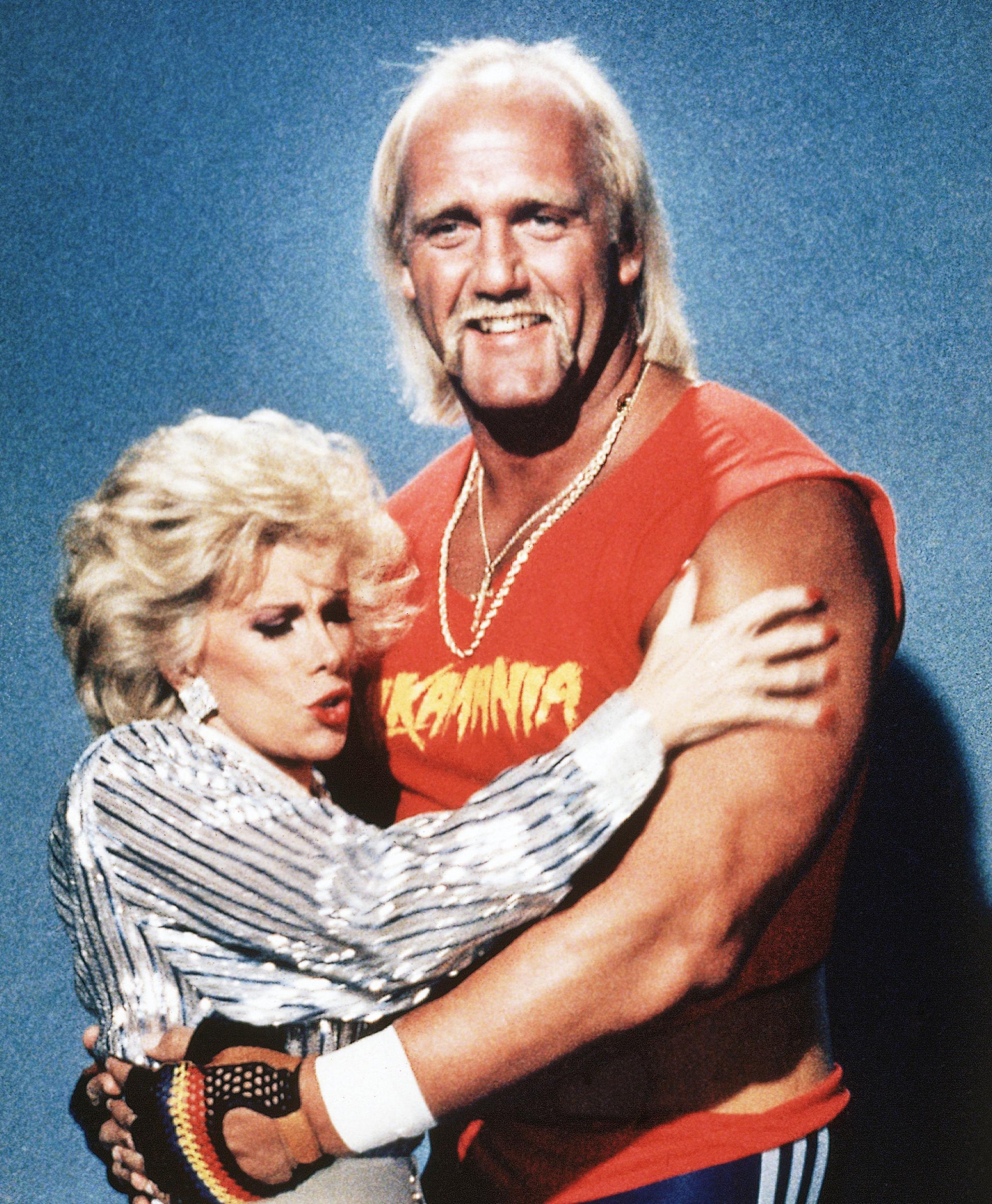

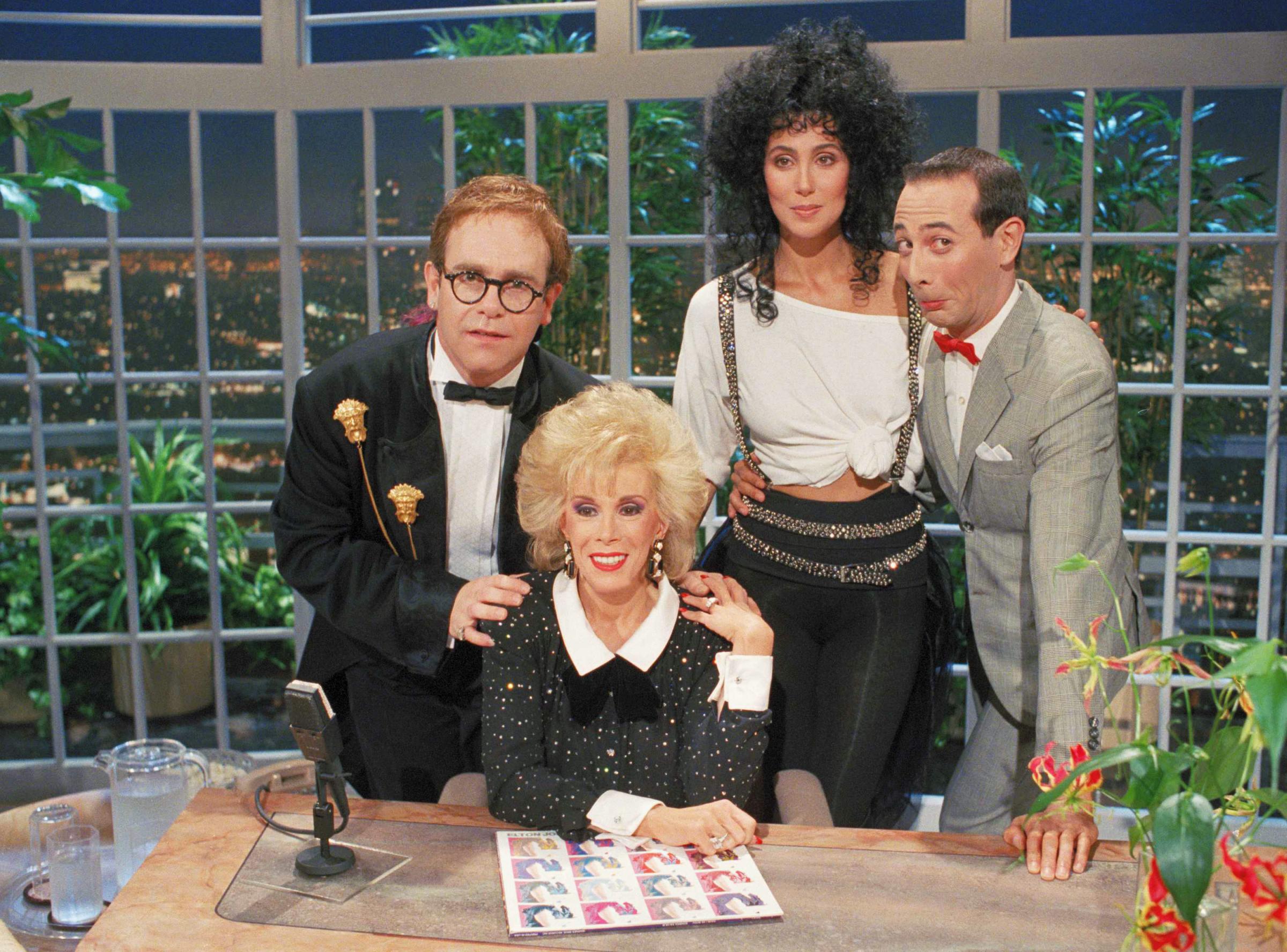


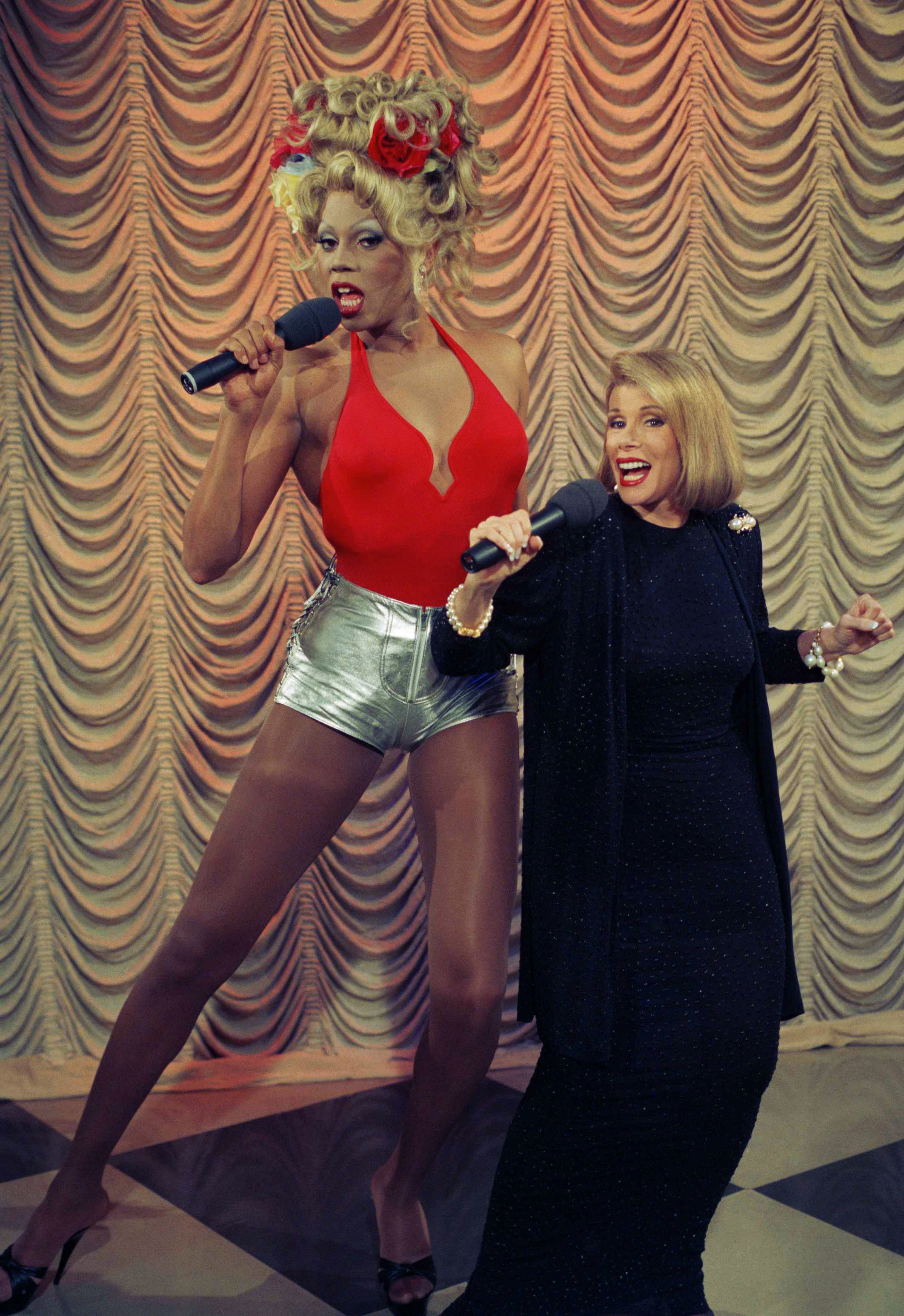


Olivia de Havilland on Mickey Rooney: “Mickey, Mickey, Mickey. They say you have died, but I find this hard to believe, for you are so alive in my memory. There you are, in the big room of the Chamber of Commerce building on Sunset Boulevard in the summer of 1934, a little boy passing easily as a 9-year-old when you are really 13.”
Read the full remembrance here
Arlo Guthrie on Pete Seeger: “He would just wave his hand, and you could hear them singing. It was almost as if he had some extra sense that allowed that kind of audience response. There’s no one else I have ever seen who has had that, in any country, on any continent or in any city. Nobody came close.”
Read the full remembrance here
Angela Lansbury on Marian Seldes: “She lived and breathed the theater.”
Read the full remembrance here
Aaron Sorkin on Philip Seymour Hoffman: “I told him I felt lucky because I’m squeamish and can’t handle needles. He told me to stay squeamish. And he said this: ‘If one of us dies of an overdose, probably 10 people who were about to won’t.’ He meant that our deaths would make news and maybe scare someone clean.”
Read the full remembrance here
Patti LuPone on Elaine Stritch: “There was no one like Elaine Stritch, and I doubt there will ever be another like her. She was the type of Broadway actress that they don’t make anymore.”
Read the full remembrance here
Margaret O’Brien on Shirley Temple: “So many times, people think child actors have a terrible life after the movies, but Shirley went on to have a wonderful life and family and career as the U.S. ambassador to Ghana and later Czechoslovakia, so it doesn’t all end tragically.”
Read the full remembrance here
James Poniewozik on Robin Williams: “One of the premises of Mork & Mindy was that Mork, like all Orkans, had no emotions. He didn’t fool any of us for a second. Mork’s clipped alienspeak notwithstanding, Williams played him as all emotion: delight, confusion, warmth, amazement, glee. His feelings cascaded over him, and he struggled to wrestle and understand them–which, of course, was another thing kids especially identified with in him.”
Read the full Robin Williams special issue here
Robin Williams' Life in Pictures
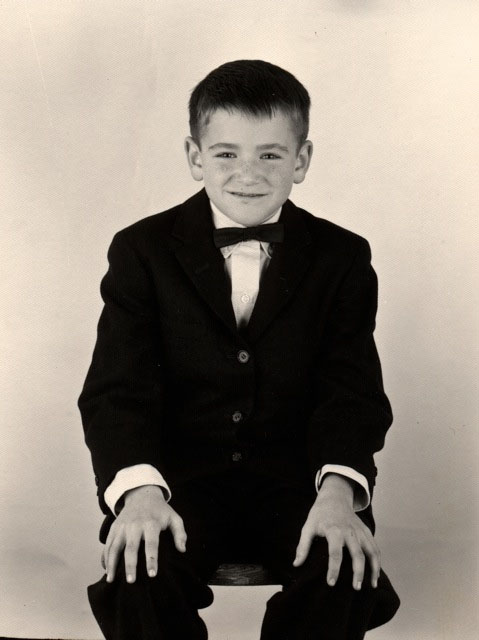

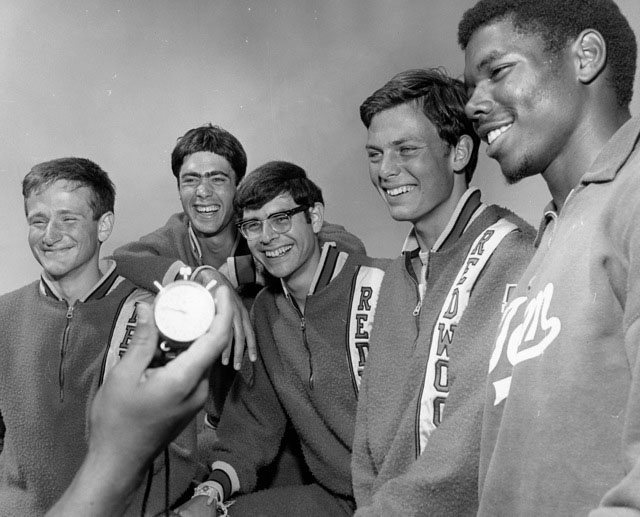

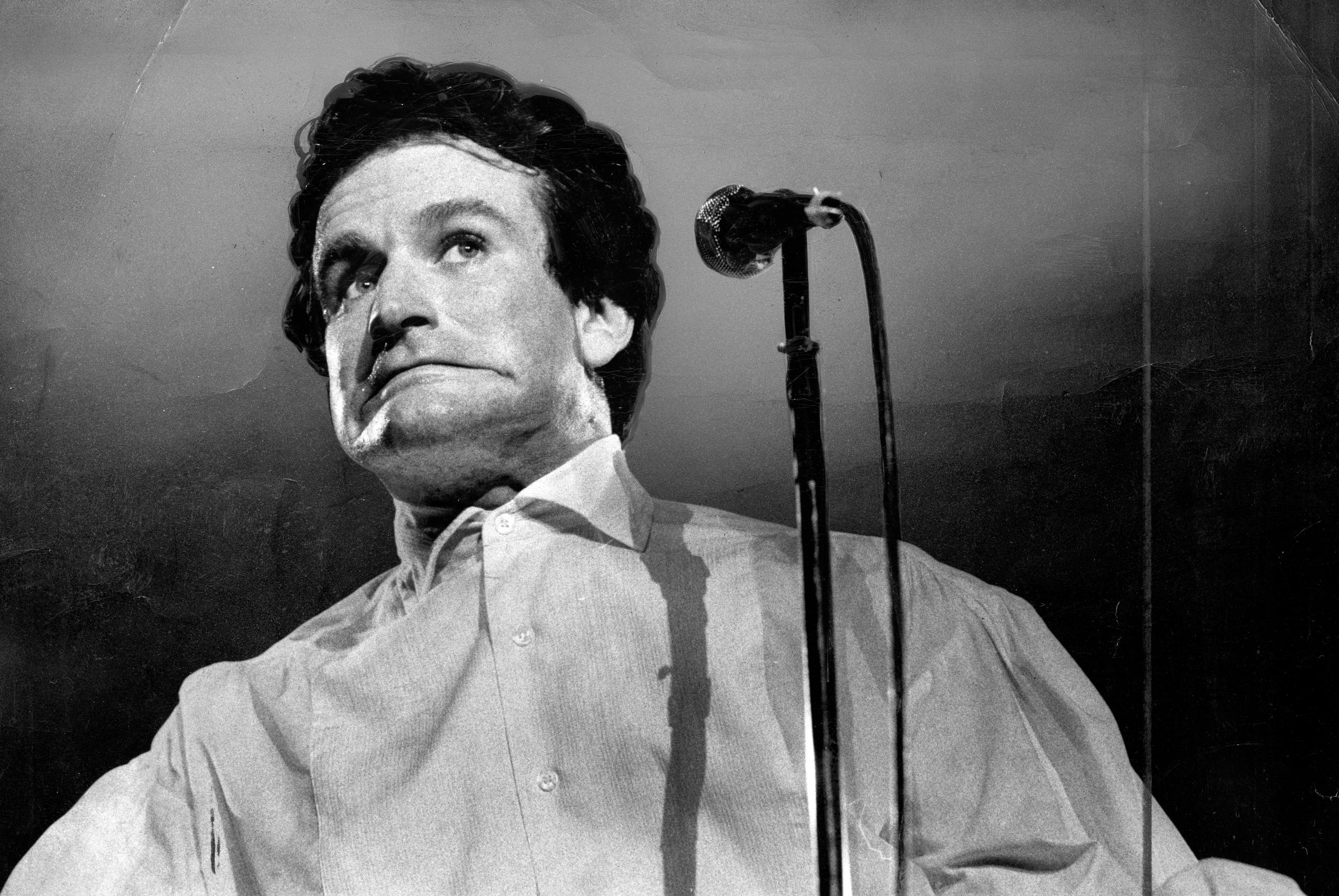


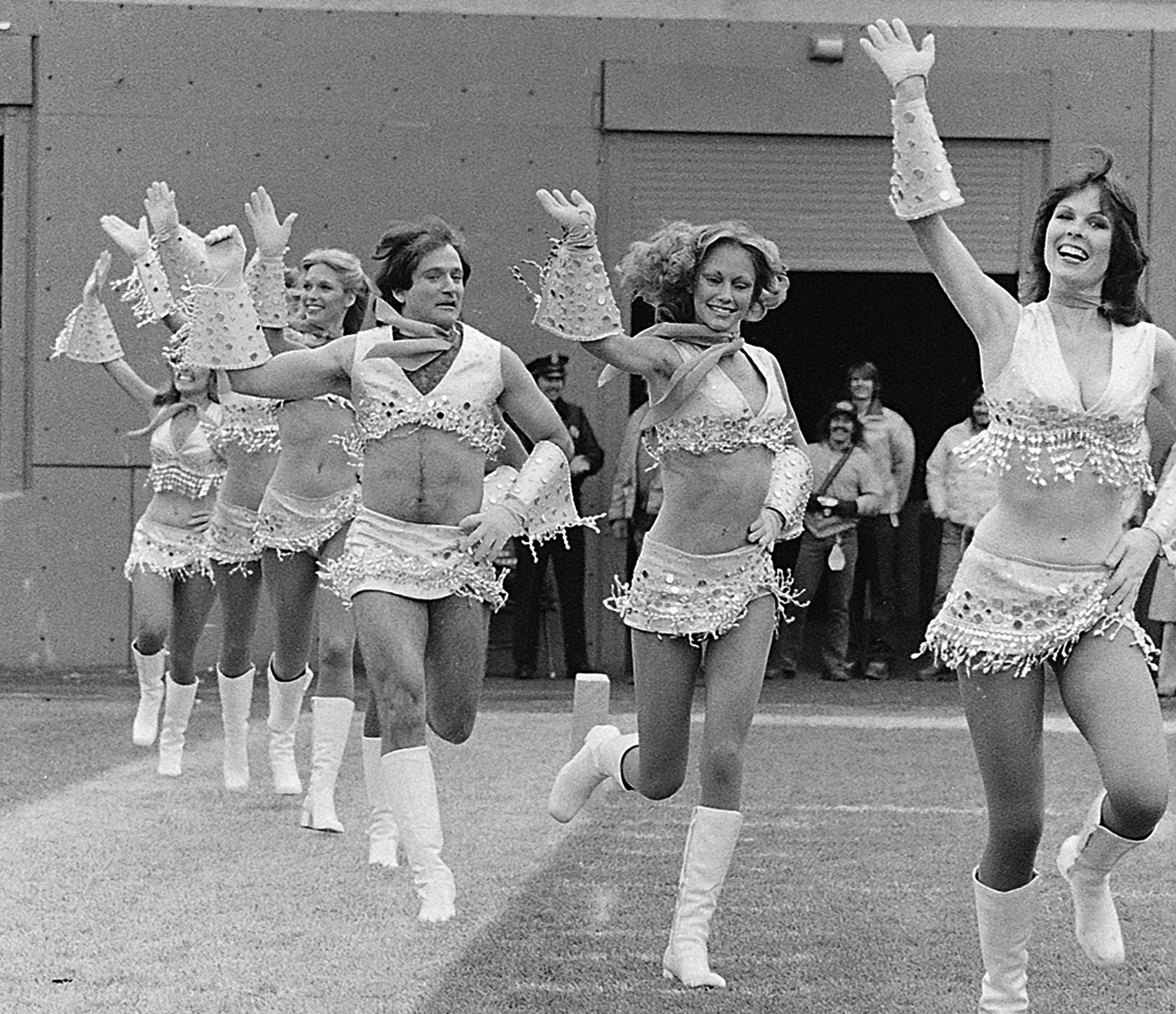



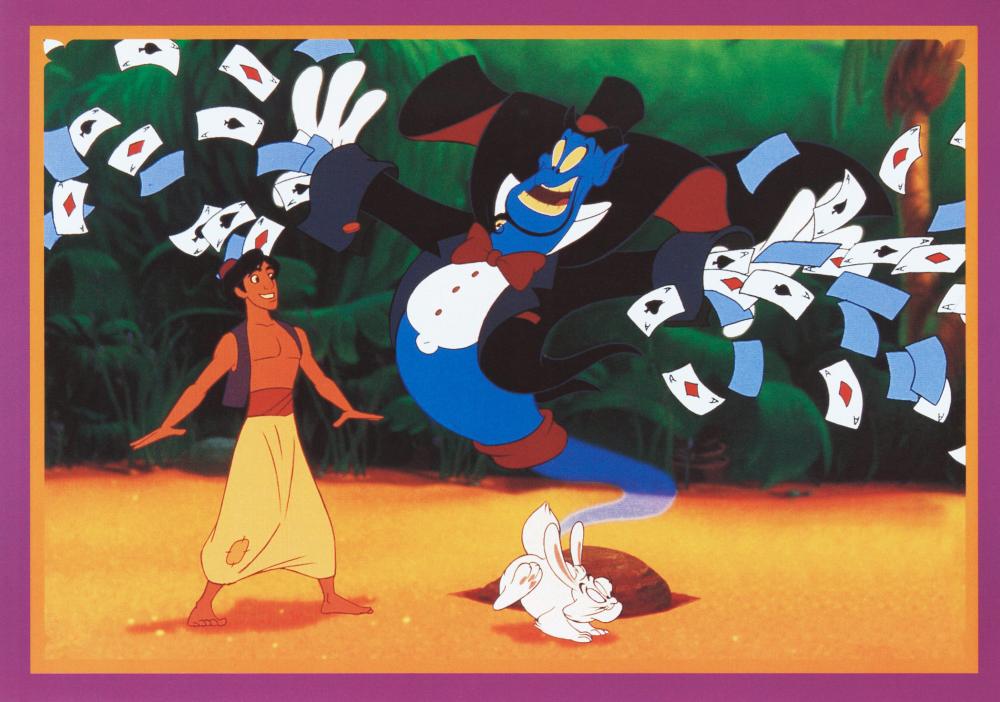



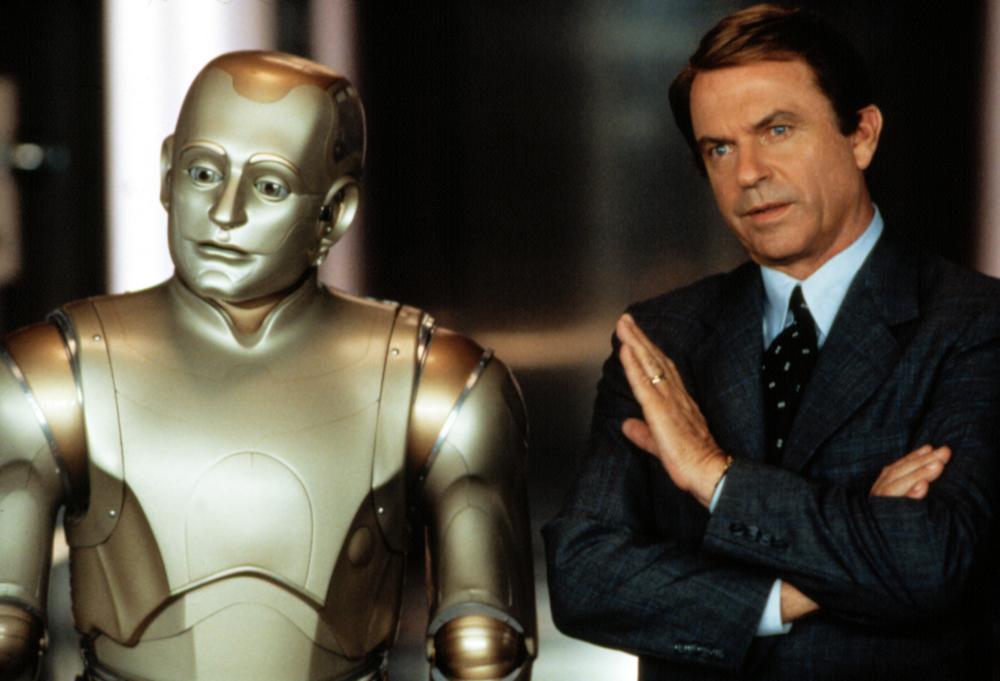
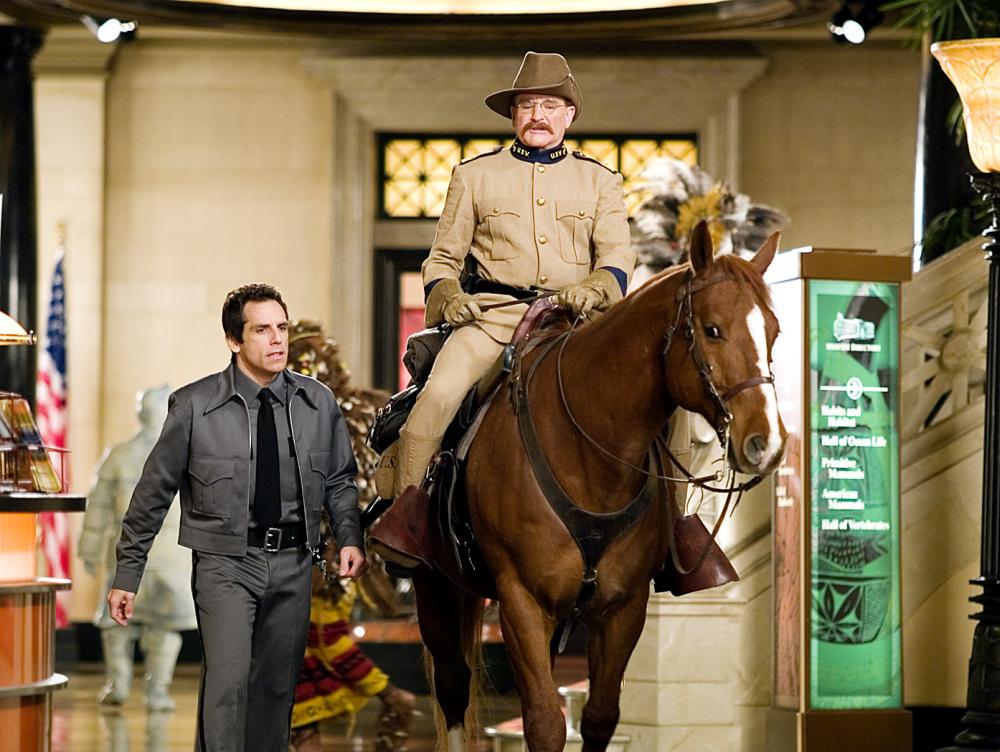
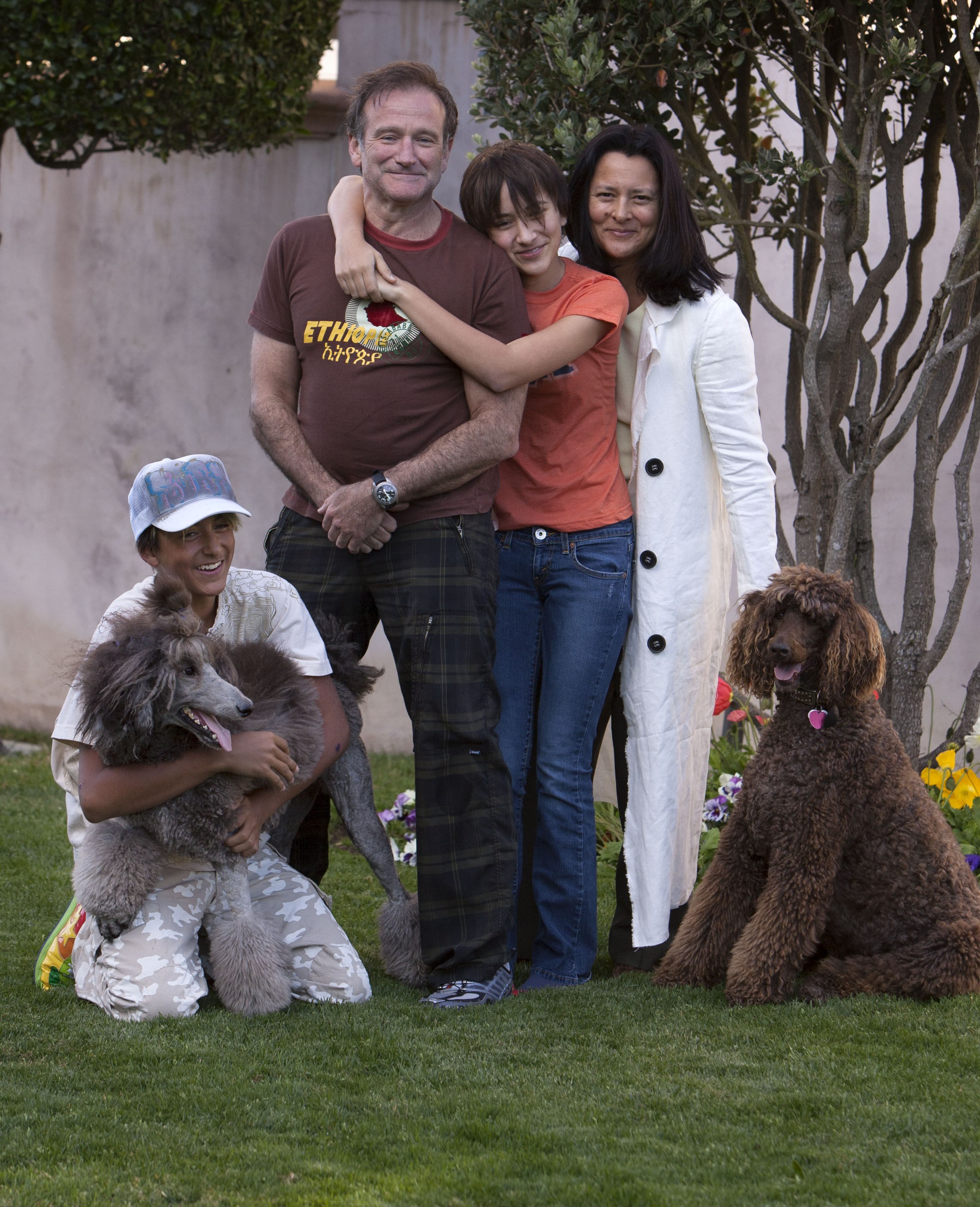
More Must-Reads from TIME
- Inside Elon Musk’s War on Washington
- Meet the 2025 Women of the Year
- The Harsh Truth About Disability Inclusion
- Why Do More Young Adults Have Cancer?
- Colman Domingo Leads With Radical Love
- How to Get Better at Doing Things Alone
- Cecily Strong on Goober the Clown
- Column: The Rise of America’s Broligarchy
Write to Lily Rothman at lily.rothman@time.com